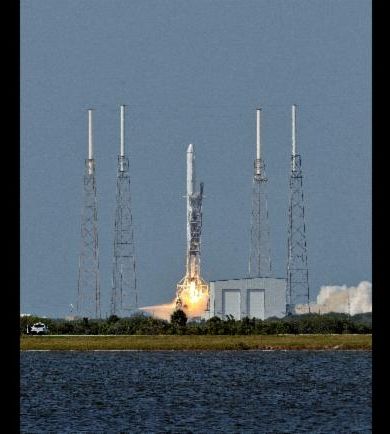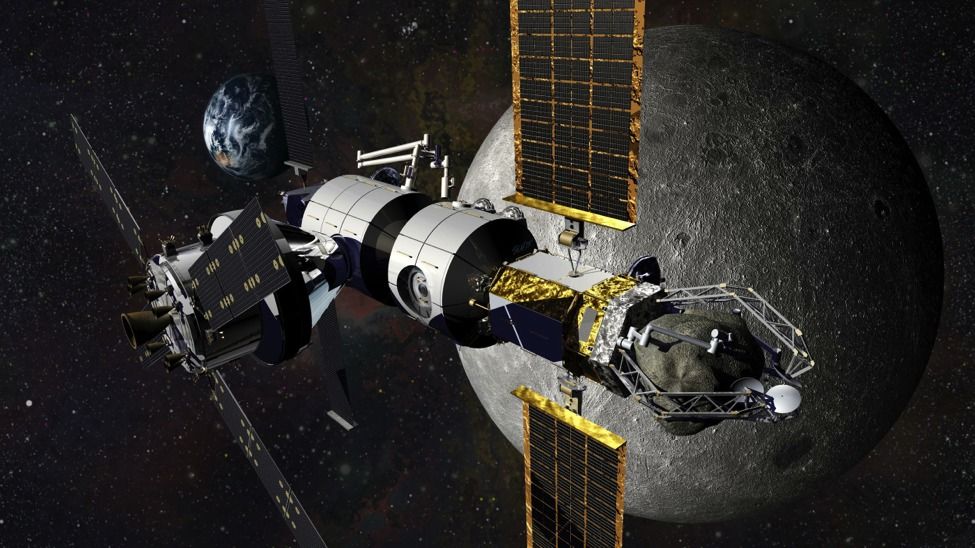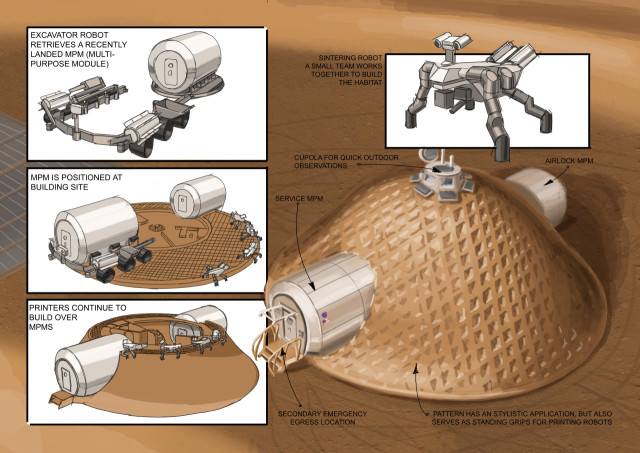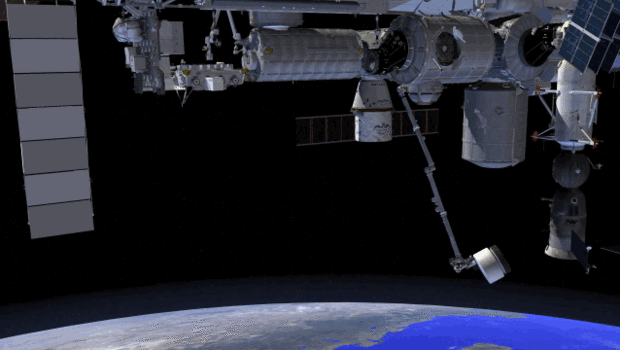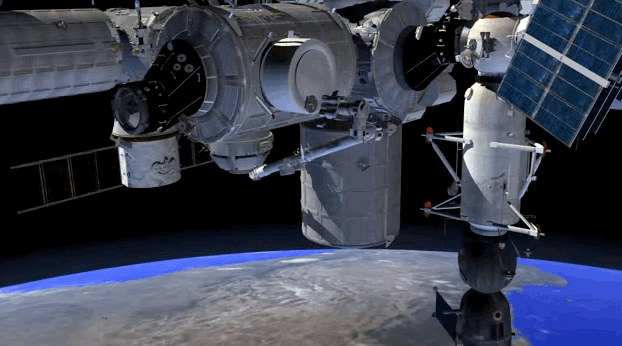Apr 27, 2016
Can Commercial Space Really Get Us Beyond Low-Earth Orbit?
Posted by Bruce Dorminey in categories: Elon Musk, habitats, space travel
Getting beyond the commercial space hype; will the new captains of the space industry really bring about interplanetary commerce? Here’s my take with views from two execs at The Space Frontier Foundation.
The entrepreneurial captains of the new commercial space frontier are sometimes brash, sometimes brazen, and often larger than life. But are they really going to get us beyond low-Earth orbit (LEO)?
For those of us who grew up in an era when NASA budgets were a tenet of Cold War geopolitics, it’s understandable that we approach this new phase of private space funding with a mixture of excitement and trepidation. But are we Apollo-ites simply being too skeptical?
Continue reading “Can Commercial Space Really Get Us Beyond Low-Earth Orbit?” »
